Mammals
Media
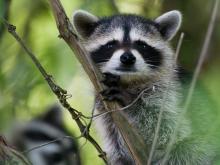
Species Types
Scientific Name
Procyon lotor
Description
When you see the black mask and striped tail of this medium-sized mammal, you know you’ve spotted a raccoon. These nocturnal omnivores are clever and adaptive.
Media
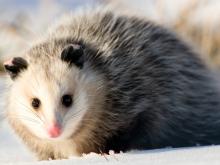
Species Types
Scientific Name
Didelphis virginiana
Description
The Virginia opossum is North America's only native marsupial. Its life history, biology, and habits make this nocturnal mammal worthy of appreciation. What other mammal in our state can hang by its tail, play dead, and carry its young in a pouch?
Media
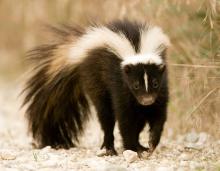
Species Types
Scientific Name
Mephitis mephitis
Description
Skunks are omnivorous mammals notorious for their ability to discharge an obnoxious scent when provoked. The striped skunk is the most commonly encountered skunk in our state.
Media

Species Types
Scientific Name
Vulpes vulpes
Description
The red fox is doglike, with a long, pointed muzzle; large, pointed ears that are usually held erect and forward; moderately long legs; and a long, bushy tail. It occurs statewide but is more common in the northern and western sections of Missouri.
Media
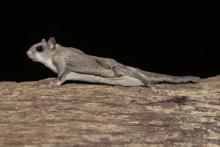
Species Types
Scientific Name
Glaucomys volans
Description
Flying squirrels don’t actually fly, but they are expert hang gliders. Instead of running around on the ground, they climb to the top of a tall tree, launch into the air, glide downward to the bottom of another tree and repeat the process to get where they’re going.
Media

Species Types
Scientific Name
Ictidomys tridecemlineatus
Description
The thirteen-lined ground squirrel has 13 alternating brown and whitish lines (some may be broken into spots) along its back and sides, creating rows of whitish spots within dark lines. It stands upright to survey its surroundings and dives into its burrow when it senses danger.
Media
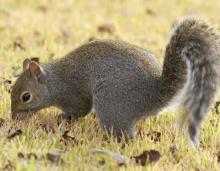
Species Types
Scientific Name
Sciurus carolinensis and Sciurus niger
Description
The eastern gray squirrel and eastern fox squirrel are both very common in Missouri. Their names describe their general coat color: the first is grayish, the other a foxy red.
Media
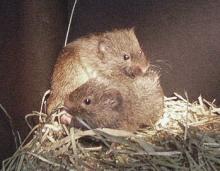
Species Types
Scientific Name
Microtus ochrogaster, M. pinetorum, and M. pennsylvanicus
Description
There are three species of voles in Missouri: prairie, meadow, and woodland voles. These mouselike rodents have rounded, blunt snouts, chisel-shaped front teeth, and short tails.
Media

Species Types
Scientific Name
Scalopus aquaticus
Description
Eastern moles are plush-furred, large-handed critters infamous for disfiguring lawns as they tunnel belowground hunting for grubs and cutworms — many of which are also dreaded by landscapers!
Media
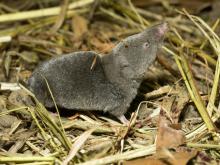
Species Types
Scientific Name
Sorex, Blarina, and Cryptotis spp.
Description
Six species of shrews occur in Missouri. They are mouselike but do not have the chisel-like front teeth of rodents. Instead, they have sharp, spiky teeth for hunting prey.
See Also
About Mammals in Missouri
More than 70 species of wild mammals live in Missouri: opossums; shrews and moles; bats; rabbits; woodchuck, squirrels, beaver, mice, voles, and other rodents; coyote, foxes, bear, raccoon, weasels, otter, mink, skunks, bobcat, and other carnivores; deer and elk; and more. Most of us recognize mammals easily — they have fur, are warm-blooded, nurse their young, and breathe air.





















